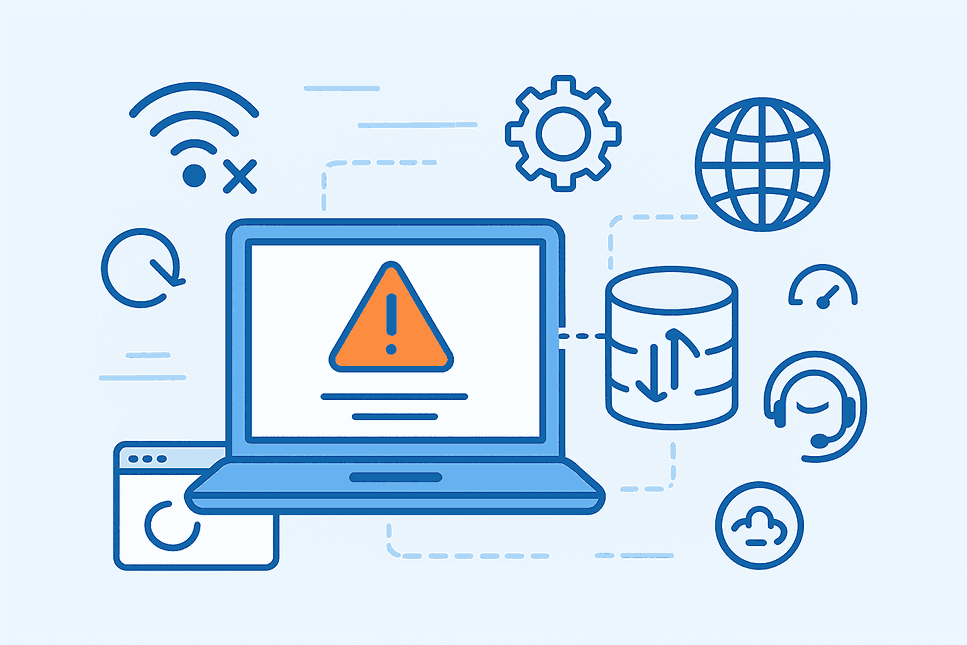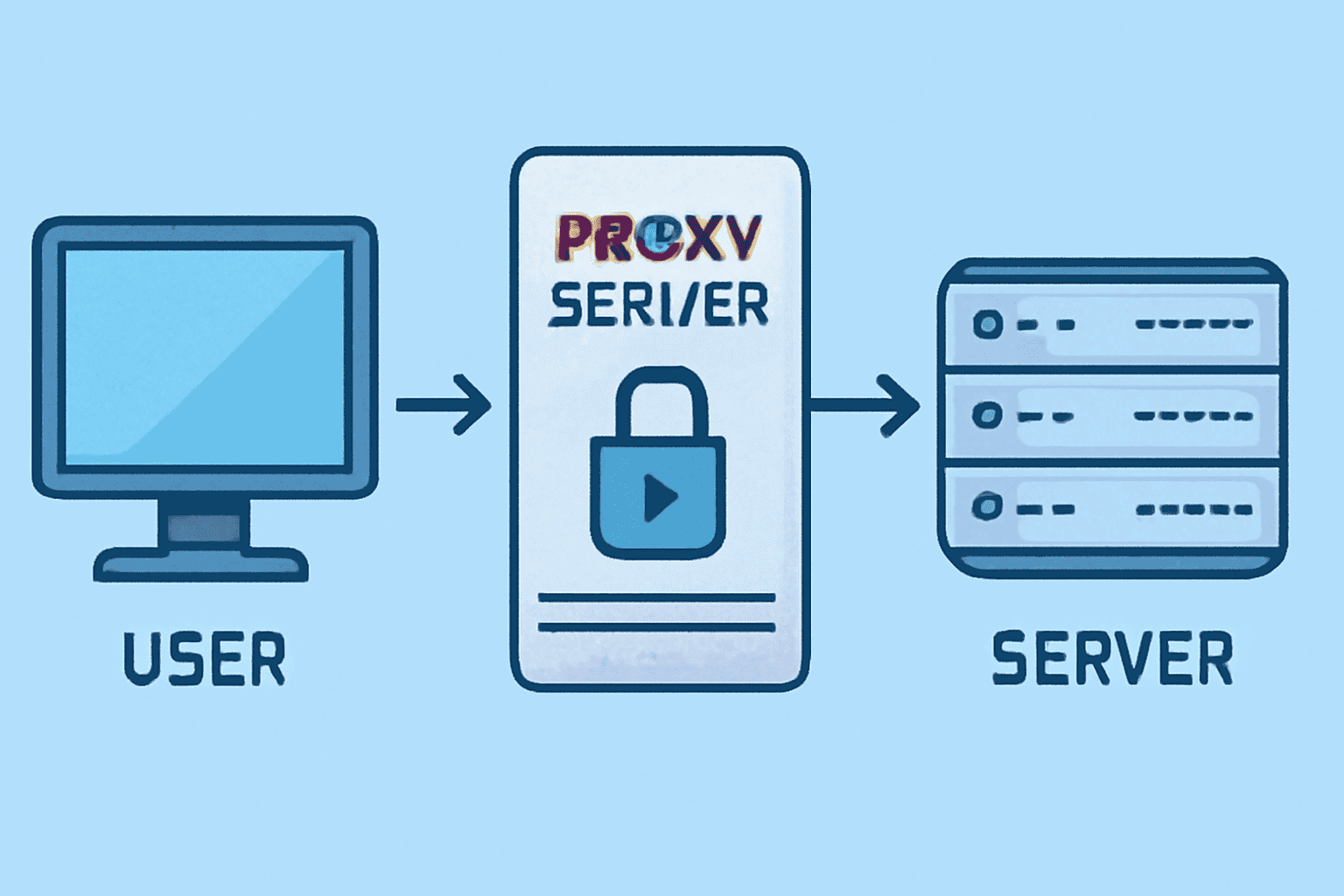Automated scripts are now indispensable tools for a variety of online tasks, from data collection to testing applications, in today's digital environment. However, IP restrictions or rate limiting may occasionally make it impossible to run these scripts. Proxy rotation can help in this situation. Let's look at some efficient and moral ways to set up automated scripts using proxy rotation.
What is Proxy Rotation?
Proxy rotation is a mechanism that allows your automated script to alternate between various proxy servers while it is running. Your script distributes the load and lowers the likelihood of being blocked or rate-limited by cycling through several proxies rather than using a single IP address for every request.
Why Use Proxy Rotation?
1. Avoid IP Blocking
When you make multiple requests from the same IP address, websites may block you to prevent abuse. Proxy rotation helps distribute requests across different IP addresses.
2. Bypass Rate Limiting
Many websites implement rate limiting per IP address. By rotating proxies, you can effectively increase your request throughput.
3. Geographic Testing
Test your applications or websites from different geographical locations by using proxies from various countries.
4. Enhanced Privacy
Proxy rotation adds an extra layer of anonymity to your automated tasks.
Getting Started: Basic Requirements
Before diving into implementation, you'll need:
- Proxy List: A collection of working proxy servers
- Programming Language: Python is recommended for beginners
- Required Libraries: Such as requests for HTTP operations
- Basic Understanding: Of HTTP requests and responses
Setting Up Your First Automated Script with Proxy Rotation
Step 1: Prepare Your Proxy List
Create a list of proxy servers in the format IP:PORT. You can obtain these from:
- Free proxy websites (less reliable)
- Paid proxy services (recommended for production)
- Your own proxy infrastructure
Step 2: Install Required Libraries
pip install requests
pip install random
Step 3: Basic Implementation Structure
Here's a simplified approach to implementing proxy rotation:
- Load your proxy list into your script
- Create a function to select a random proxy
- Implement retry logic for failed requests
- Add error handling for proxy failure
Step 4: Best Practices for Implementation
Respect Rate Limits: Even with proxy rotation, maintain reasonable delays between requests.
Handle Proxy Failures: Not all proxies work all the time. Implement fallback mechanisms.
Monitor Performance: Keep track of which proxies are working and which aren't.
Use Session Management: Maintain sessions when necessary for your specific use case.
Common Use Cases for Automated Scripts with Proxy Rotation
1. Web Scraping
Collect data from websites while avoiding IP bans and rate limits.
2. API Testing
Test your APIs from different IP addresses to ensure proper functionality.
3. Content Monitoring
Monitor changes in web content from multiple geographical locations.
4. SEO Research
Gather search engine results from different locations for SEO analysis.
Important Considerations and Best Practices
Legal and Ethical Guidelines
Always Respect robots.txt: Check and follow the website's robots.txt file.
Follow Terms of Service: Ensure your activities comply with the target website's terms.
Don't Overload Servers: Maintain reasonable request intervals to avoid server strain.
Use Legitimate Proxies: Avoid using compromised or illegal proxy services.
Technical Best Practices
Implement Proper Error Handling: Your script should gracefully handle proxy failures and network issues.
Use Connection Pooling: Reuse connections when possible to improve performance.
Rotate User Agents: Along with IP rotation, consider rotating user agent strings.
Monitor Proxy Health: Regularly check if your proxies are still functional.
Troubleshooting Common Issues
1. Slow Response Times
- Use faster proxy services
- Implement timeout settings
- Test proxy speed before use
2. High Failure Rates
- Verify proxy credentials
- Check proxy server status
- Implement better retry logic
3. Blocked Requests
- Increase delays between requests
- Use more diverse proxy pool
- Rotate additional headers
Choosing the Right Proxy Service
When selecting a proxy service, consider:
- Reliability: Uptime and connection stability
- Speed: Response times and bandwidth
- Geographic Coverage: Available locations
- Support: Customer service quality
- Pricing: Cost-effectiveness for your needs
Security Considerations
Encrypt Sensitive Data: Always encrypt credentials and sensitive information.
Use HTTPS: Prefer secure connections when possible.
Validate Proxies: Ensure your proxies are legitimate and secure.
Monitor Logs: Keep track of your script's activities for security auditing.
Conclusion
You may greatly improve your online automation capabilities and steer clear of common issues like IP banning and rate limitation by setting up automated scripts with proxy rotation. Keep in mind that using these strategies sensibly and morally is the secret to success.
As you get used to the fundamentals, start with simpler solutions and progressively add more complex features. Always put adherence to the terms of service and legal obligations first.
When utilized properly and sensibly, proxy rotation can be a useful tool in your automation toolbox for research, application testing, and data collection.
Remember: Adhering to best practices and upholding ethical standards in your automation endeavors are just as important to the efficacy of your automated scripts as their technological execution.


